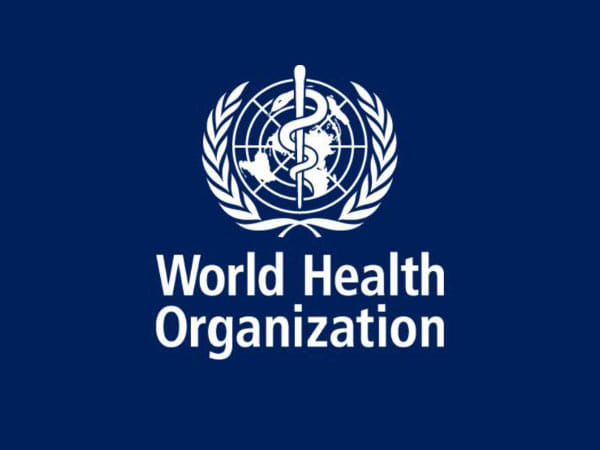Geneva [Switzerland], July 29 (ANI/WAM): To mark World Hepatitis Day (WHD), the WHO is calling for scaling up testing and treatment for viral hepatitis, warning that the disease could kill more people than malaria, tuberculosis, and HIV combined by 2040 if current infection trends continue.
World Hepatitis Day (WHD) takes place every year on July 28, bringing the world together under a single theme to raise awareness of the global burden of viral hepatitis and to influence real change. The Day is an opportunity to step up national and international efforts on hepatitis, encourage actions and engagement by individuals, partners and the public and highlight the need for a greater global response.
Hepatitis causes liver damage and cancer and kills over a million people annually. Of the five types of hepatitis infections, hepatitis B and C cause most of the disease and deaths. Hepatitis C can be cured; however, only 21 per cent of people living with hepatitis C infection are diagnosed and only 13 per cent have received curative treatment. Just ten per cent of people living with chronic hepatitis B are diagnosed, and only two per cent of those infected are receiving lifesaving medicine.
Under the theme of “One life, one liver”, WHO’s World Hepatitis Day campaign highlights the importance of protecting the liver against hepatitis for living a long, healthy life. Good liver health also benefits other vital organs – including the heart, brain and kidneys – that rely on the liver to function.
“Millions of people are living with undiagnosed and untreated hepatitis worldwide, even though we have better tools than ever to prevent, diagnose and treat it,” said Dr Tedros Adhanom Ghebreyesus, WHO Director-General. “WHO remains committed to supporting countries to expand the use of those tools, including increasingly cost-effective curative medication, to save lives and end hepatitis.”
WHO will share new guidance to track countries’ progress on the path to the elimination of hepatitis by 2030. To reduce new infections and deaths from hepatitis B and C, countries must: ensure access to treatment for all pregnant women living with hepatitis B, provide hepatitis B vaccines for their babies at birth, diagnose 90 per cent of people living with hepatitis B and/or hepatitis C, and provide treatment to 80 per cent of all people diagnosed with hepatitis. They must also act to ensure optimal blood transfusion, safe injections and harm reduction. (ANI/WAM)
This report is auto-generated from ANI news service. ThePrint holds no responsibility for its content.






